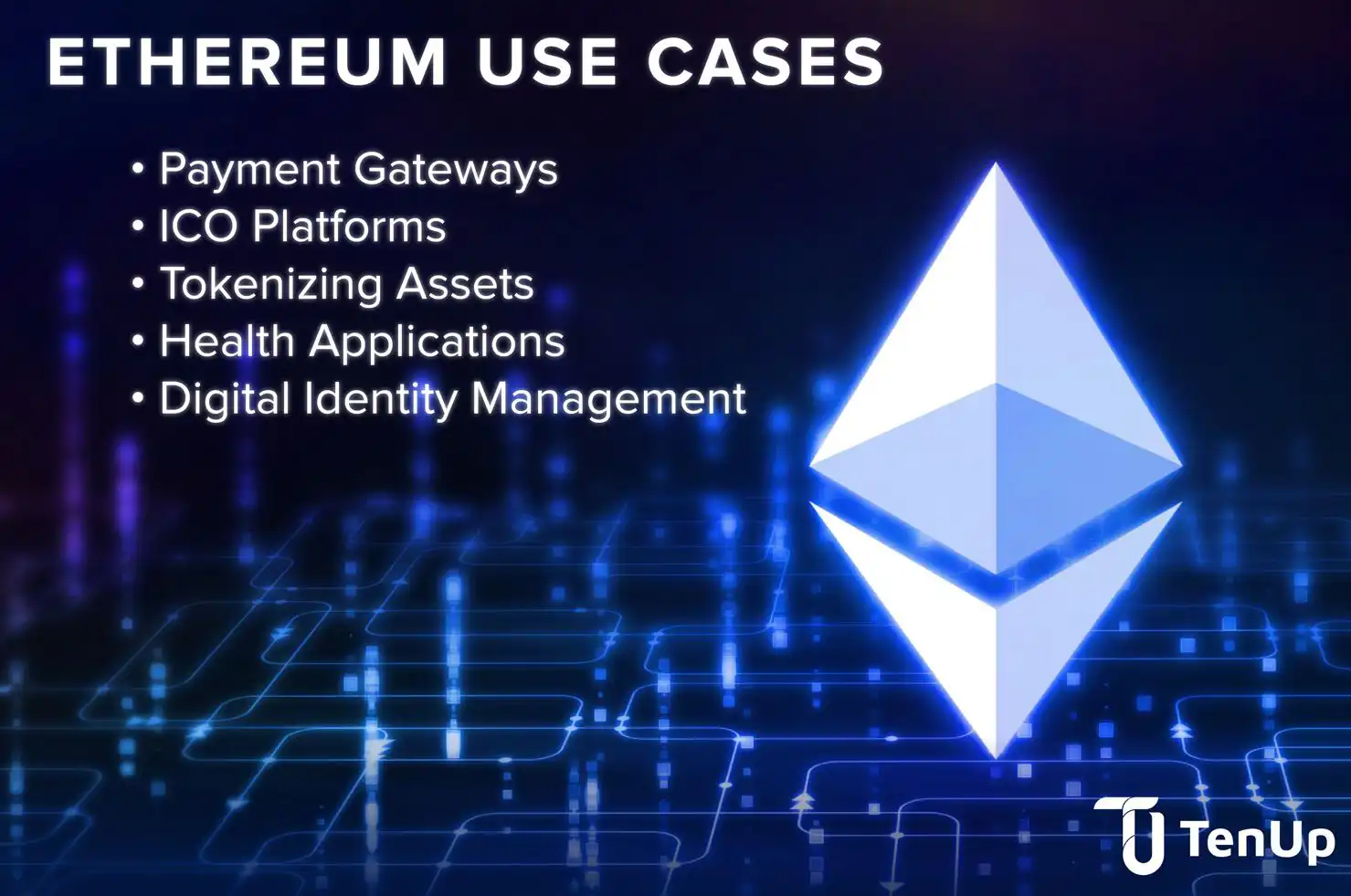The Birth of Ethereum: Unleashing the Potential of Smart Contracts
In the realm of blockchain technology, Ethereum stands out as a revolutionary platform that goes beyond mere cryptocurrency. This blog post delves into the genesis of Ethereum, exploring its creation and the ambitious goals it seeks to achieve, particularly in the realm of smart contracts.
Inception of Ethereum:
Conceived by a young programmer named Vitalik Buterin in late 2013, Ethereum aimed to build upon the success of Bitcoin by introducing a more versatile blockchain platform. In 2015, Ethereum officially launched, introducing a decentralized platform that allowed developers to create decentralized applications (DApps) through the use of smart contracts.
Smart Contracts:
At the core of Ethereum's innovation lies the concept of smart contracts. Smart contracts are self-executing agreements with the terms directly written into code. These contracts automate and enforce the execution of predefined rules, eliminating the need for intermediaries in various processes.
Key Features of Ethereum:
- Turing-Complete Programming Language: Ethereum's blockchain is built on a Turing-complete programming language, enabling developers to create complex and diverse applications. This flexibility distinguishes Ethereum from its predecessors, allowing for a broader range of use cases.
- Decentralized Autonomous Organizations (DAOs): Ethereum facilitates the creation of DAOs, organizations governed by smart contracts. DAOs operate without a centralized authority, relying on code to enforce rules and decisions through community consensus.
- Ether (ETH) as Fuel: Ether, the native cryptocurrency of the Ethereum platform, serves as fuel for executing smart contracts and interacting with DApps. It is used to compensate miners for validating transactions and securing the network.
Use Cases and Applications:
Ethereum's versatility has led to the development of a wide array of applications beyond simple peer-to-peer transactions. These include decentralized finance (DeFi) protocols, non-fungible tokens (NFTs), supply chain management solutions, and more.
Challenges and Upgrades:
Despite its success, Ethereum has faced challenges, particularly related to scalability and transaction fees. To address these issues, Ethereum has undergone several upgrades, with Ethereum 2.0 being a major transition towards a more scalable and energy-efficient proof-of-stake consensus mechanism.
The Road Ahead:
As Ethereum continues to evolve, it remains at the forefront of blockchain innovation. The platform's commitment to decentralization, security, and programmability positions it as a driving force in reshaping various industries.
Conclusion:
Ethereum's journey from inception to becoming a powerhouse of decentralized applications highlights the transformative potential of blockchain technology. With its focus on smart contracts and a decentralized future, Ethereum continues to be a catalyst for innovation, unlocking new possibilities across diverse sectors.
Disclaimer: Users are advised to stay informed about the latest developments and exercise caution when participating in any Ethereum-based projects or investments.


































